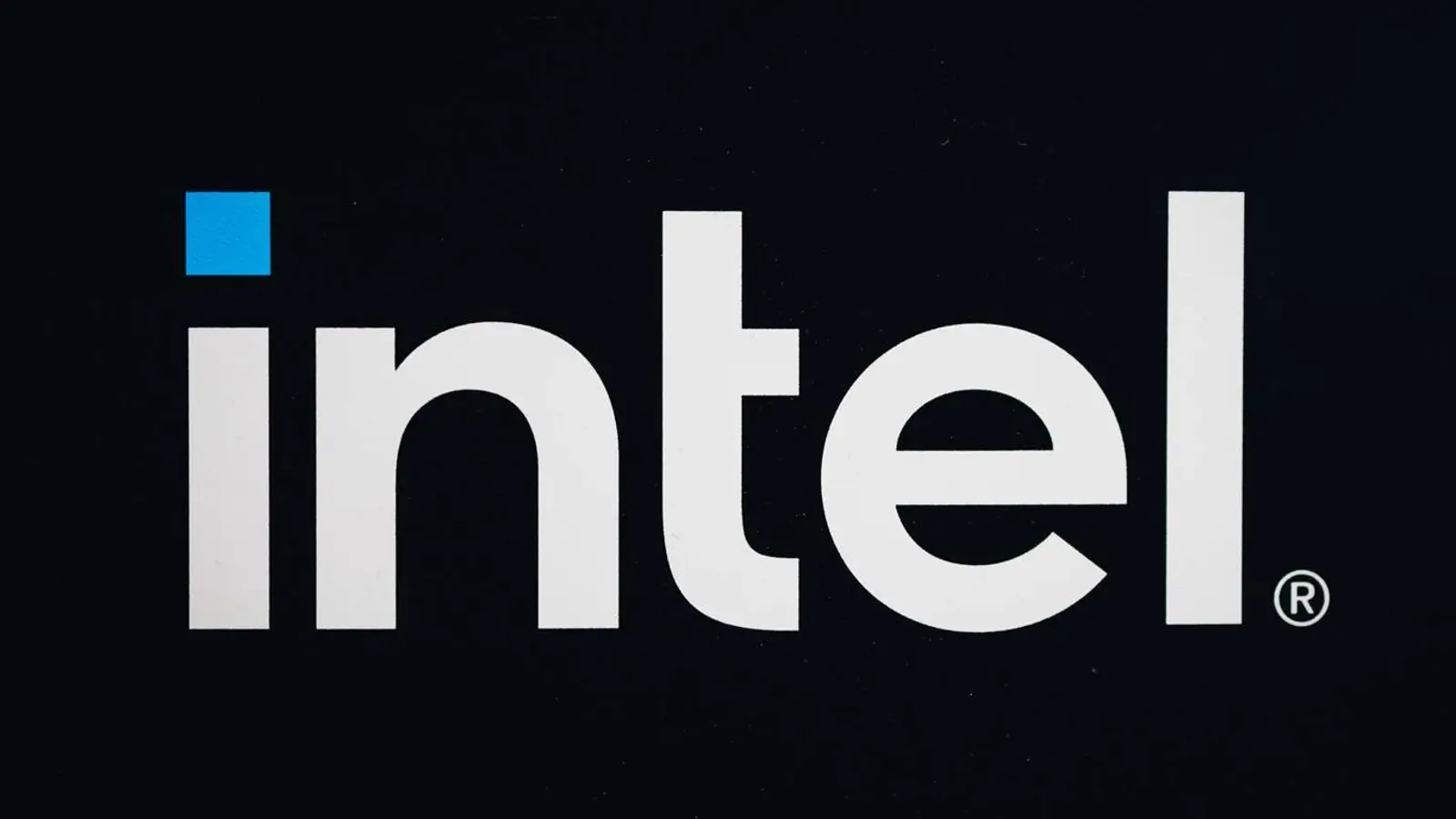Intel and BOE bring AI-tuned refresh and SmartPower HDR to boost laptop battery life
Intel and BOE unveil AI displays with per-zone refresh and SmartPower HDR to cut power use without losing quality, extending laptop battery life from 2026.
Intel and BOE unveil AI displays with per-zone refresh and SmartPower HDR to cut power use without losing quality, extending laptop battery life from 2026.

© A. Krivonosov
Intel, together with Chinese display maker BOE, has unveiled new power-saving technologies for laptops that use artificial intelligence to tune the screen’s refresh rate to what’s on the display. At the core is BOE’s earlier 1 Hz mode, which can markedly cut power draw on static images and stretch battery life. The idea is disarmingly simple: when nothing moves, the panel barely needs to refresh.
Beyond the 1 Hz baseline, Intel is bringing in multi-frequency displays (MFD) that analyze content in real time and automatically pick an optimal refresh rate for different parts of the screen. The taskbar and other motionless elements update less often, while video and fast-changing visuals keep a high refresh. This kind of per‑zone control feels like the direction laptops have been moving toward for years.
Another piece is SmartPower HDR, which adjusts backlight voltage according to scene brightness. That trims energy use during bright, high‑contrast moments and in dynamic areas without degrading image quality. In practice, it promises vivid scenes without the usual battery penalty.
Both BOE and Intel say the joint work cuts energy consumption, sharpens perceived clarity, and makes displays more adaptable. The result should be longer run time away from the outlet while maintaining visual fidelity and day‑to‑day comfort. It’s an efficiency play that doesn’t ask users to compromise.
Intel plans to bring these solutions to third‑party products on Intel platforms in 2026, with the U.S. Department of Energy set to support broader rollout of the new features.